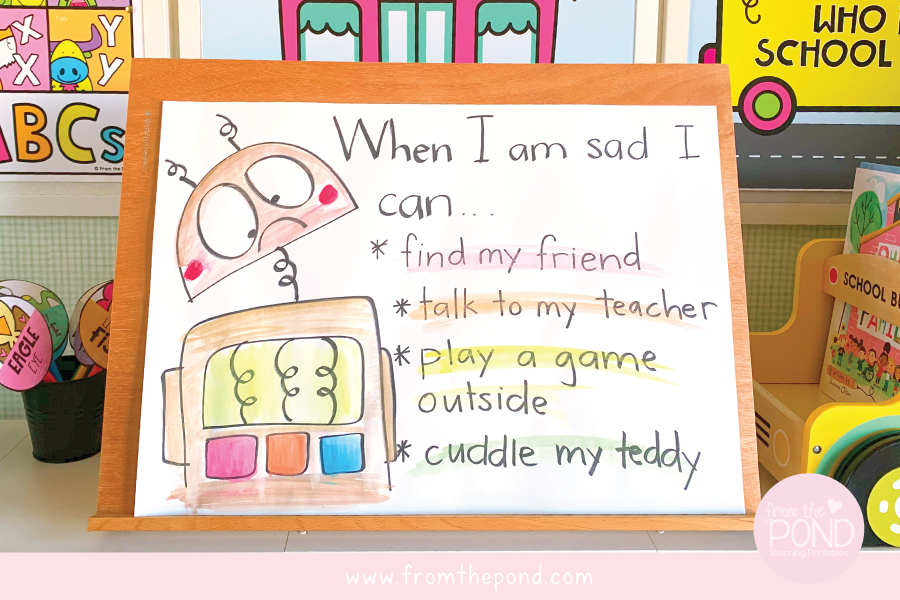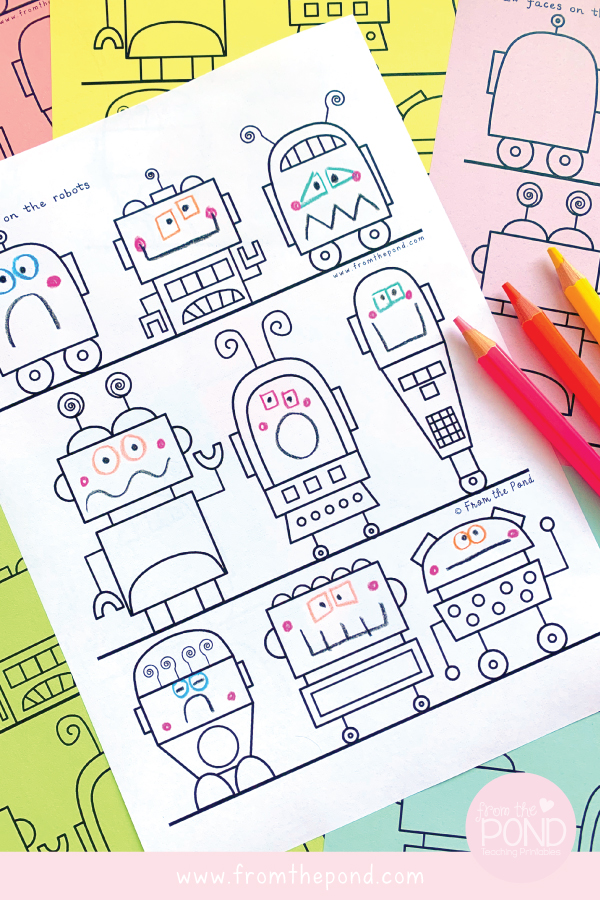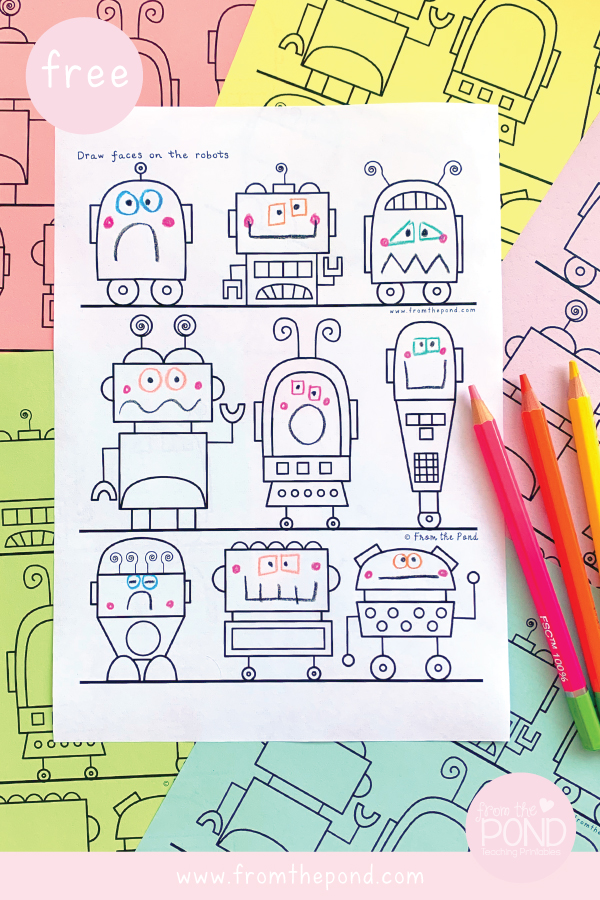I like:
- the text length - a decent enough length to explore text but not so long as you will lose your class' attention
- that is has a good balance of familiar and new vocabulary
- that it presents some complex ideas in a child-friendly way
A strange wobbly feeling welled up inside Rusty. His antennae stood up on end and his bolts began to tingle until he thought that he might burst.
Here you can pause and teach a lesson about noticing the physical responses your students may have to certain situations. You can help them explore various strategies that are age appropriate and talk about trusted people in their lives. They can draw a picture of who makes up their trust support network, who they can ask to help when they are feeling like Rusty.
Some teaching points
Some other areas for discussion or exploration after or during a reading of this text include:
- Asking for help at school - who do you ask, when, how (practice the actual words your students could say when they need to ask for help as some children will not be confident with this)
- From his friends, Rusty gets many ideas - what do you do when you're sad, what other things could you try?
- Trying new things - Rusty has to try new ways to find some cheer - can you think of a time when you enjoyed something unexpectedly? Does trying new things sometimes upset you?
- Robots can cry as long as they don't try. What does this mean? How does it compare with the beginning of the text: Robots can't cry. Talk about growth mindset and the power of yet. As well as 'yet' talk about different pathways to achievement.
- Talk about how different we all are - different things make us sad and different things cheer us up. The characters in the story all suggest different strategies for Rusty but they are all doing one similar thing - trying to be helpful. How can you help friends at school?
- Talk about the unexpected ending - laughing made Rusty cry!
When you're sad at school
Ask students to help you make a practical list of things they can do when they are sad at school or home. This list will vary greatly on your school and community setting and also the grade you teach. Accept lots of different ideas and encourage students to feel comfortable in what makes sense for them.
Over in our free Coloring Club we have shared a robot page where students can draw different faces on each robot. This may provide a way for students to identify different feelings and emotions and think about how we express them. You may like to facilitate a discussion on how our feelings are normal and we learn over time how to manage them.
If you are not in our Coloring Club you may like to get more info and read about how to join over on the website - it is very simple and just requires you to sign up with your email.




